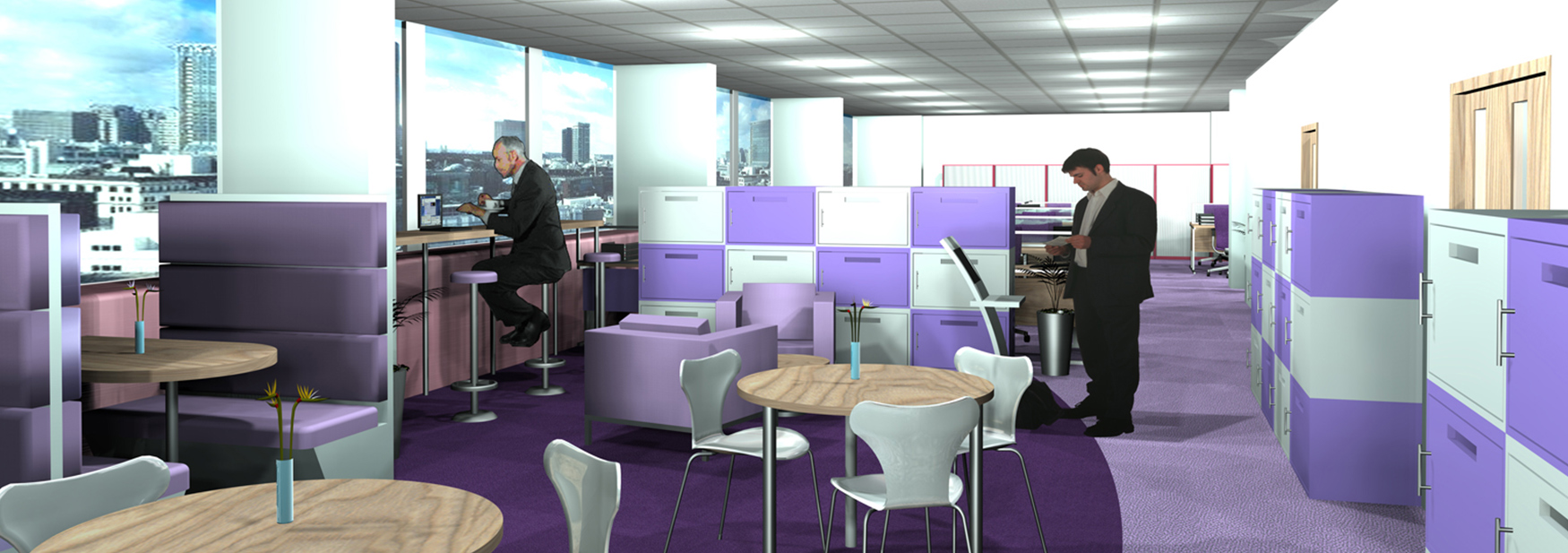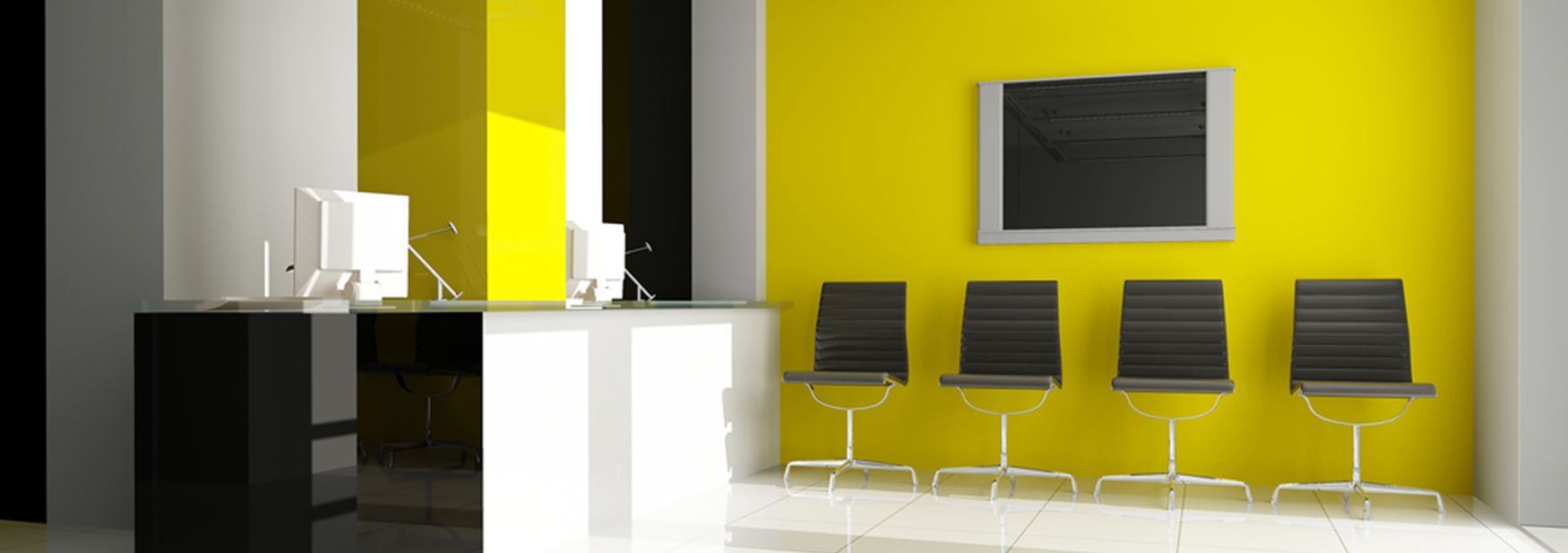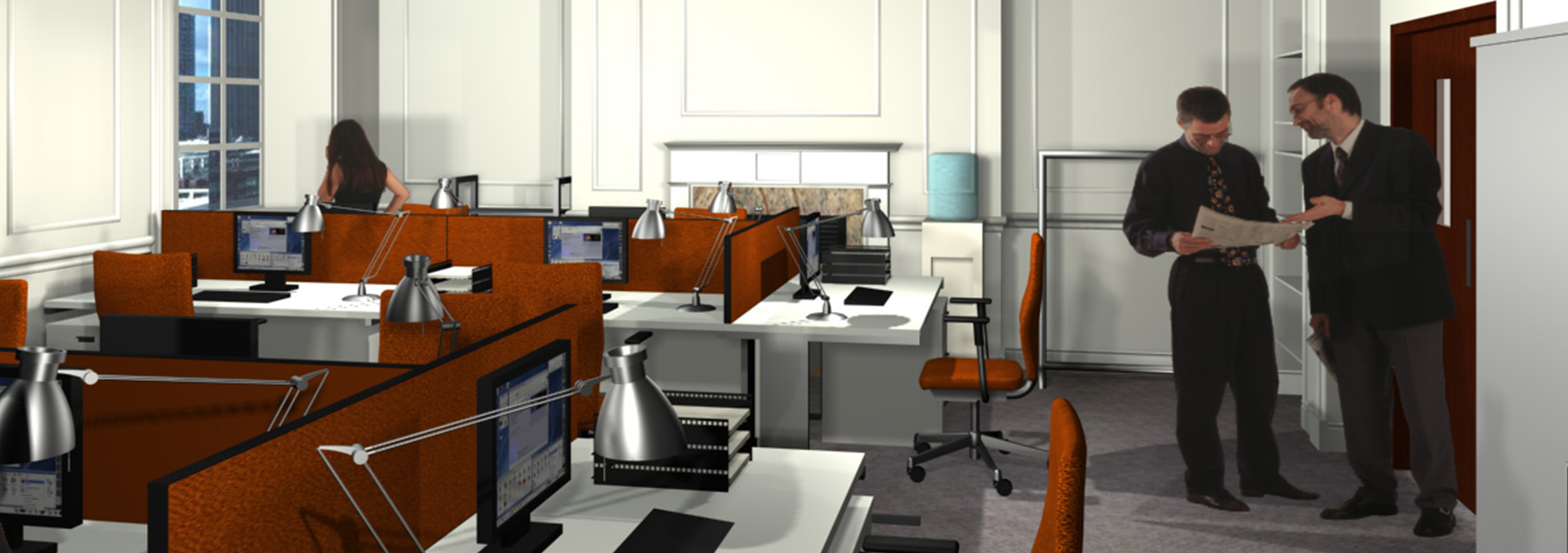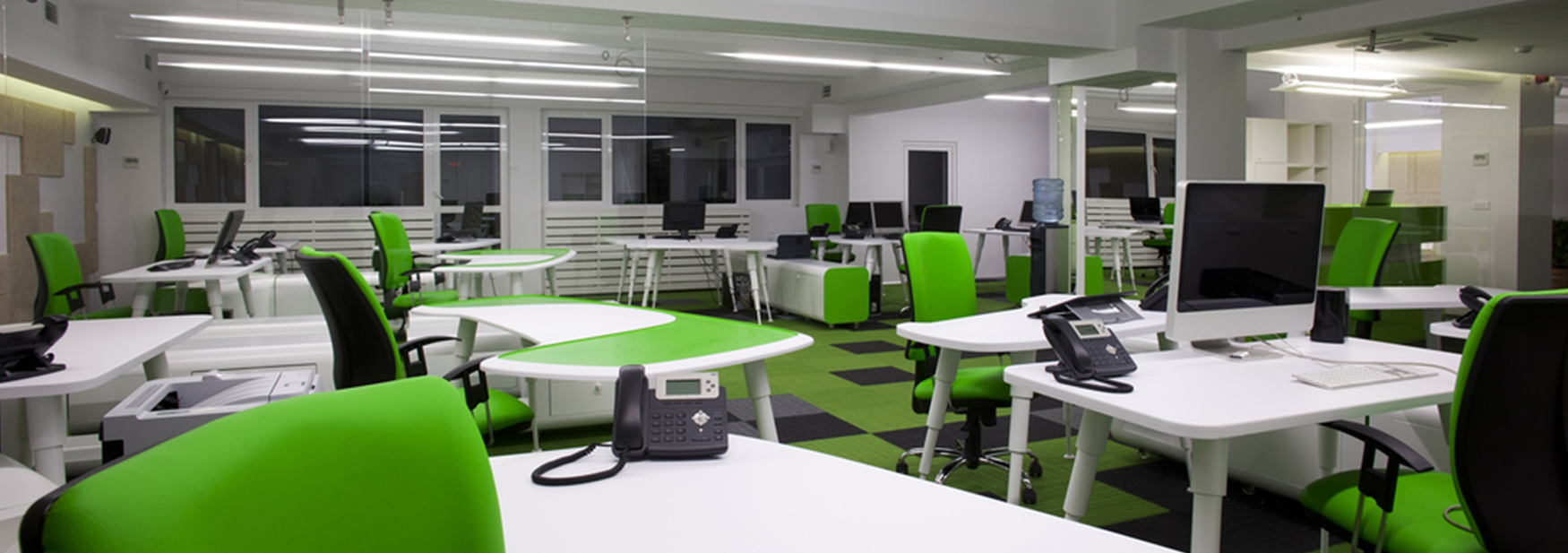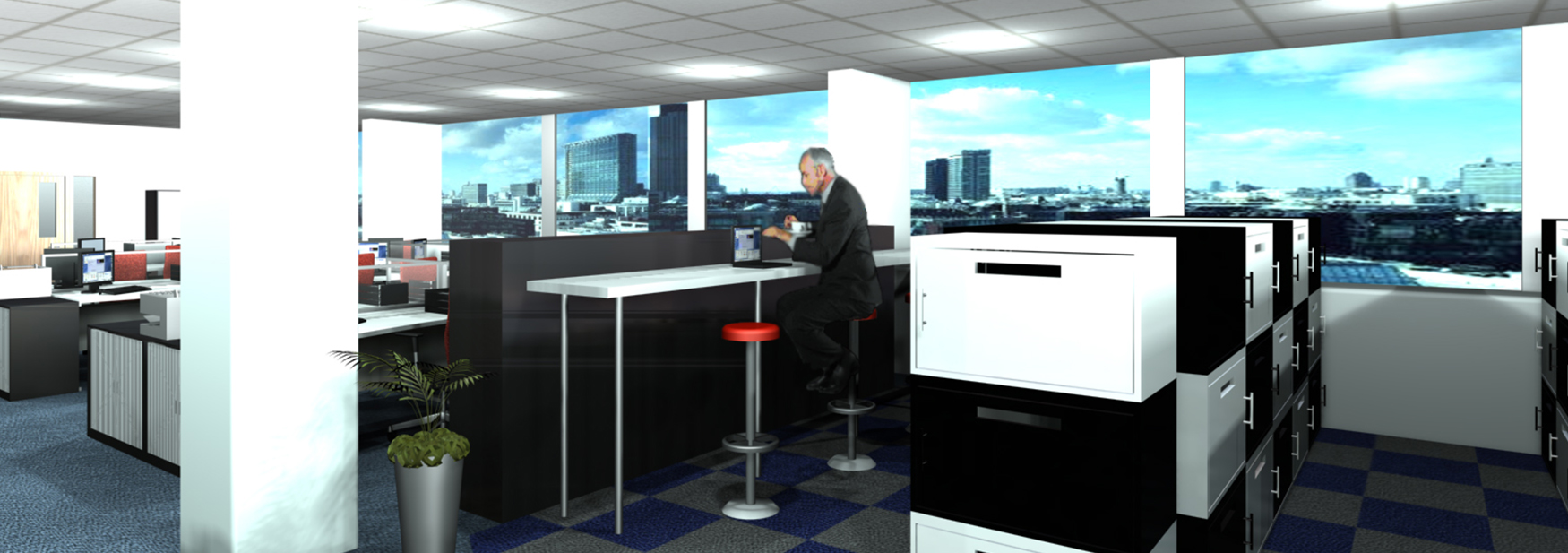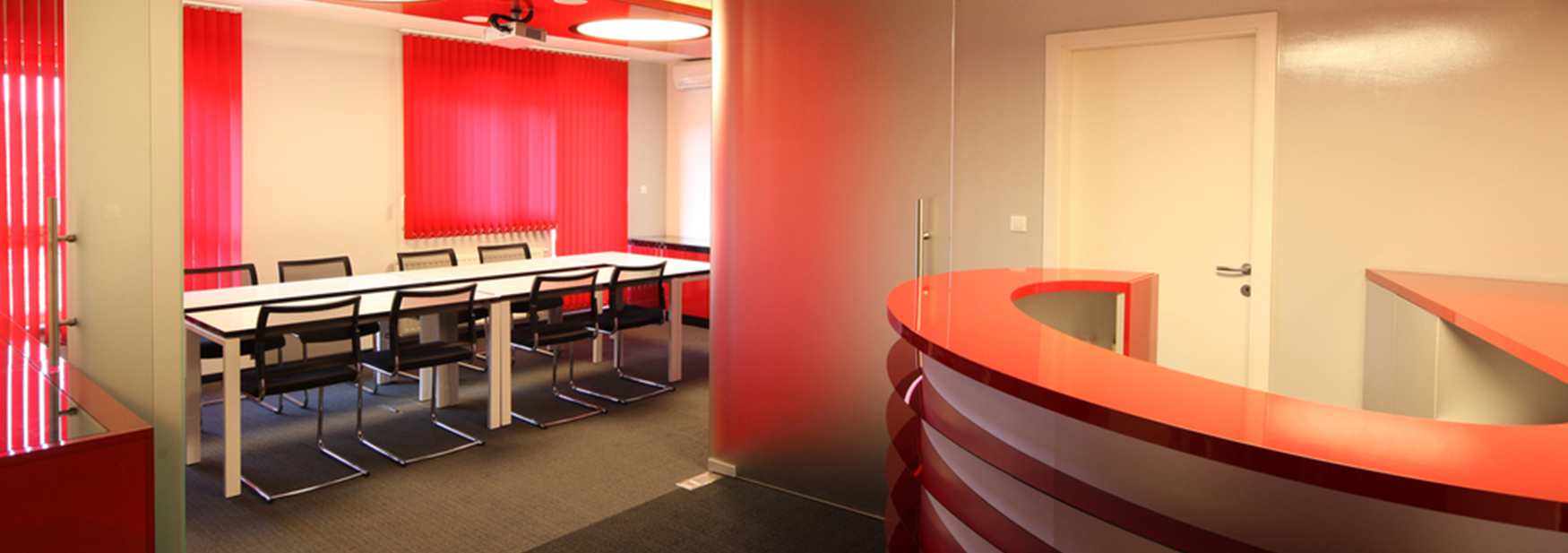Well, it really depends how you use it, who uses it and how your staff have been trained regarding its use. Often when an office reaches its capacity the office or facilities manager declares “we’ll put in hotdesks!”. Everybody panics, a whole load of fixed worker desks are removed and the ensuing fight for a Hotdesk each day leads to staff arriving earlier and earlier to try to bag a desk for the day. I’ve seen offices where the hotdesks are largely empty, but crucially each desk has been claimed for the day by a mysterious jacket on the back of the chair, and a laptop on the desk. The problem is that staff like to feel that they have a base and even if they are going to be in meetings all day, they like to ensure that they are still a part of the office.
So, how do you successfully implement a Hotdesking system? Well, the first stage is to assess exactly who uses your office and if they are suitable for working this way. Put simply, if the majority of your staff are based in the office every day, then Hotdesking won’t work for you. However, if you have staff that are mobile (such as a sales team), or staff that job share then they would suit a desk sharing system. Giving staff several options so that they don’t have to take a Hotdesk for the day just to have a base is also crucial to the system working. A good way of doing this is to introduce breakout areas (soft seating and informal meeting areas) and touchdown desking (a counter top with bar stools). If your staff see that whilst losing their fixed desk they gain more meeting space, and other areas that help them to do their job and communicate more effectively with their colleagues, then they are more likely to help make the system work.
There are also software systems available to help you to manage your Hotdesking, utilising a system know as “hotelling”. The way this works is to have an on-line booking system that allows staff to view a plan of their office, and then to book a desk for an hour, a day, or longer as required. These systems also allow staff to see which desks have already been booked, and who has booked them, allowing teams to be grouped together, or to allow you to avoid that really annoying loud bloke from Sales. We are able to advise if your office is suitable for a system such as this and we can also help to implement it for you.
If your office is stuck in a time warp, give us a call and we can offer practical advice as to how to improve it.
Jonathan Hall
 space planning uk
space planning uk 
